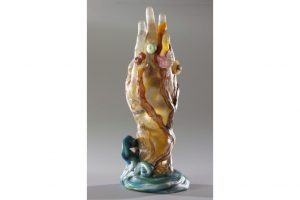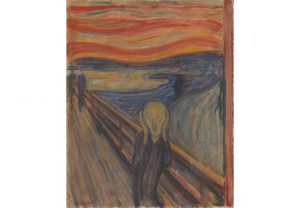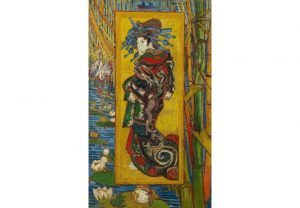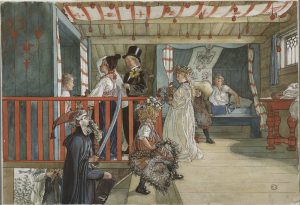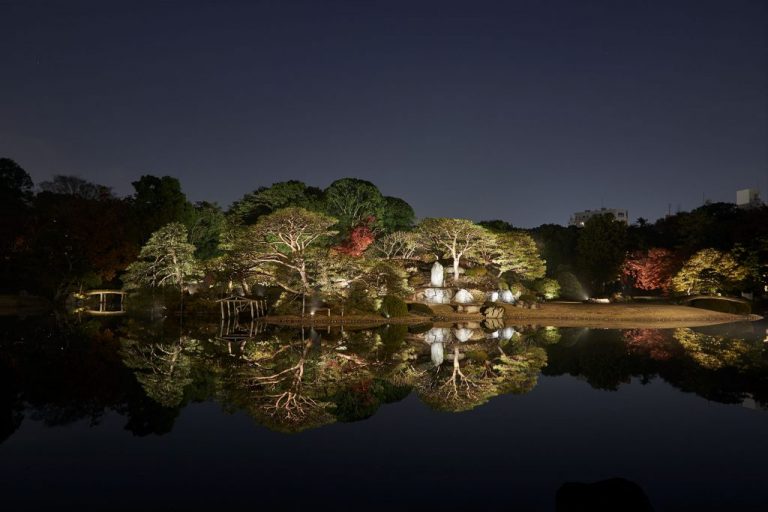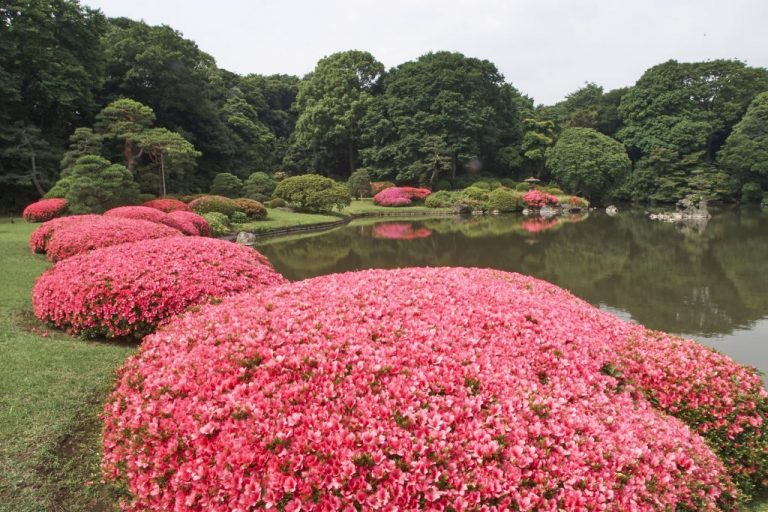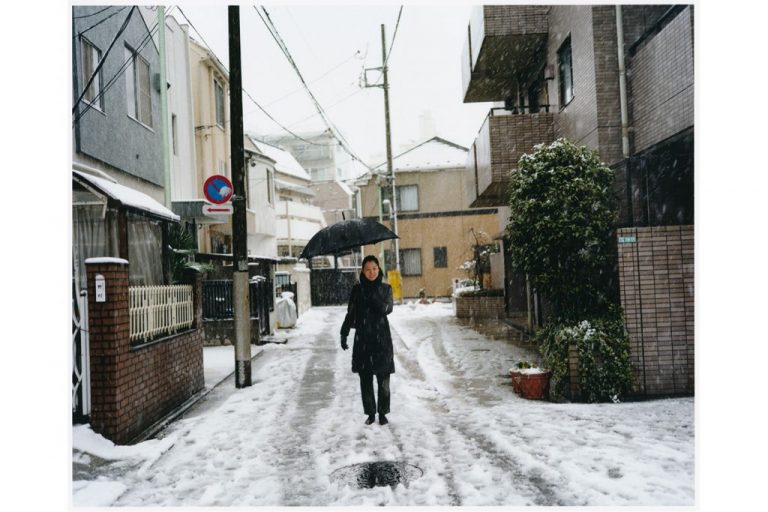Émile Gallé (1846–1904) was an artist who developed profound and intricate forms of expression in glass, ceramics, and furniture in the historic city of Nancy, located in the Lorraine region of eastern France, from the late 19th to the early 20th century. Over his approximately 40year career, Gallé particularly excelled in the field of glass, where he gradually advanced both technically and artistically, achieving expressions of deep spiritual significance. His final works transcended the conventional boundaries of glass, elevating the medium to the realm of art objects.
The Essence of Émile Gallé at the Musée d’Orsay (Part 1)
Browsing Public Domain Artwork of World Museums
No.010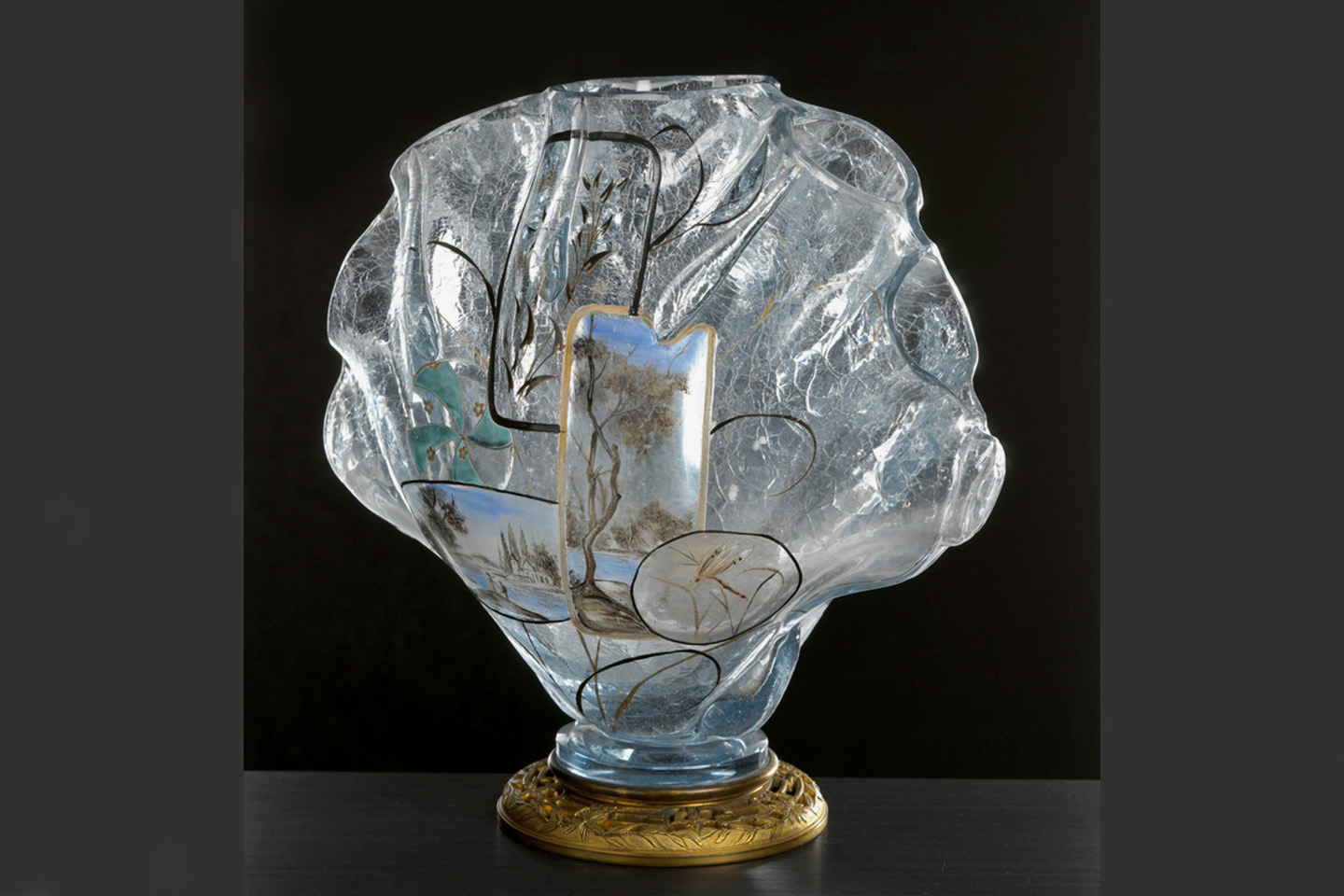
Emile Gallé, Pique-fleurs,
vers 1878-1880,
verre "clair de lune" craquelé avec applications, décor peint, émaillé et doré ; monture en bronze doré,
H. 24,0 ; L. 22,0 ; P. 14,0 cm.,
Achat en vente publique, 1981,
© GrandPalaisRmn (musée d'Orsay) / René-Gabriel Ojéda
The term “public domain” refers to intellectual property that is not protected by copyright and is available for public use. There are museums around the world that offer open online access to works in their collections. Here, we highlight works that have entered the public domain and redefine the appeal of such collections.
This series, which introduces museum collections available online based on specific themes, focuses on Émile Gallé this time. The year 2024 marks the 120th anniversary of Gallé’s passing. He was an artisan who incorporated organic motifs like flowers and plants, as well as free-flowing curves, into a wide range of crafts, including glass, ceramics, and furniture.
The Musée d’Orsay in France is a museum specialized in 19th-century art, the era in which Gallé lived. A vast collection of Gallé’s sketches and key works from various periods are available on its website. In this two-part series, we present an analysis of “masterpieces that embody the essence of Gallé’s work,” selected by Ruriko Tsuchida, director of the Toyama Glass Art Museum.
Émile Gallé
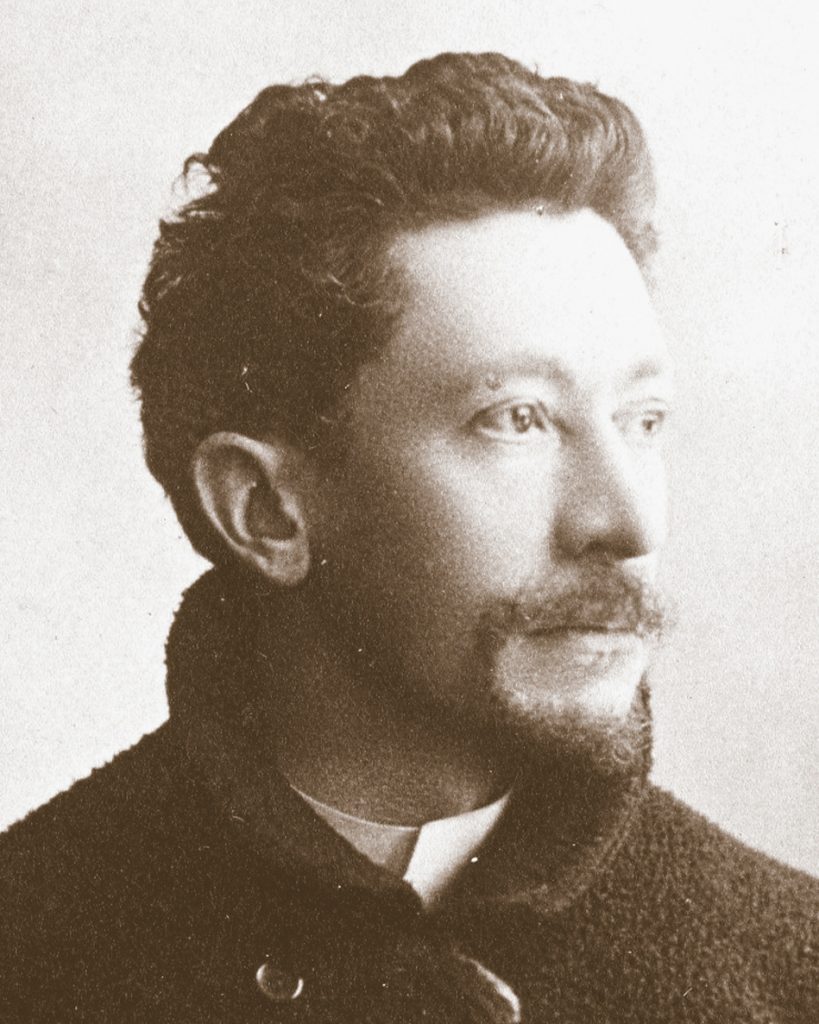
Émile Gallé (1889)
Attribué à H. Duffray, Portrait d'Émile Gallé, 1889, photographie (détail). Photographie utilisée par Émile Gallé pour sa carte d'exposant à l'Exposition universelle de 1889.
Flower Vase
Émile Gallé’s father, Charles, operated a high-end ceramics and glass commission shop, and Émile took over the family business in 1877. The following year, at the Paris Exposition (Exposition Universelle), in which Gallé participated for the first time under his own leadership, the event reflected an unprecedented Japonisme boom.
The Flower Vase was conceived during this period. The layout, featuring designs bordered in rectangular shapes, along with motifs like dragonflies and autumn grasses, show clear influences of Japonisme. The pale blue glass material used is the “moonlight glass” that Gallé introduced at the exposition. Its refreshing hue became so popular that it was widely imitated across Europe.
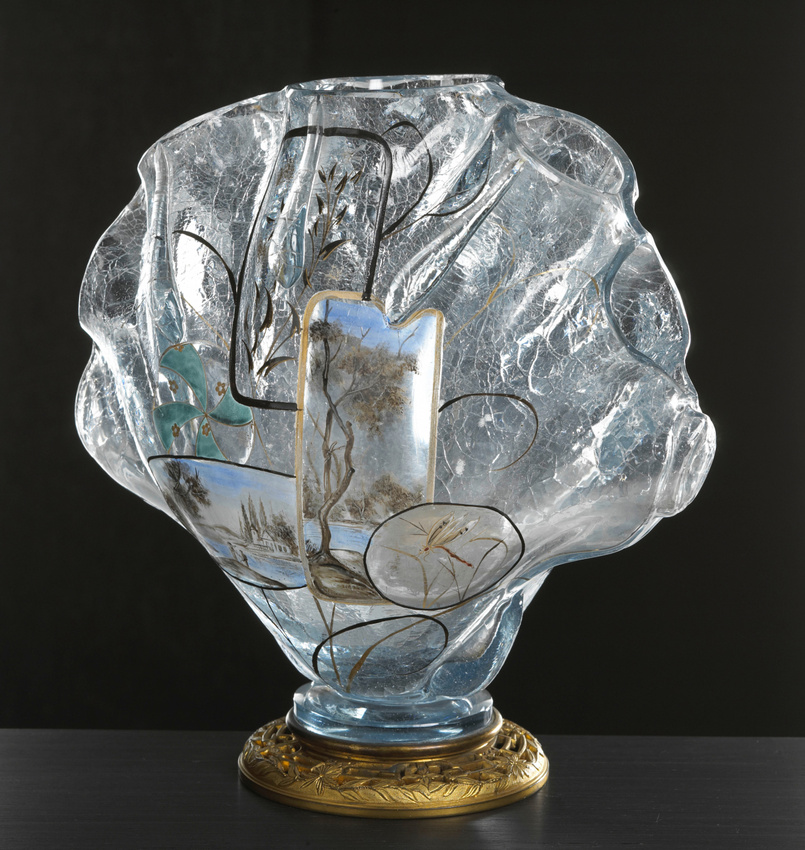
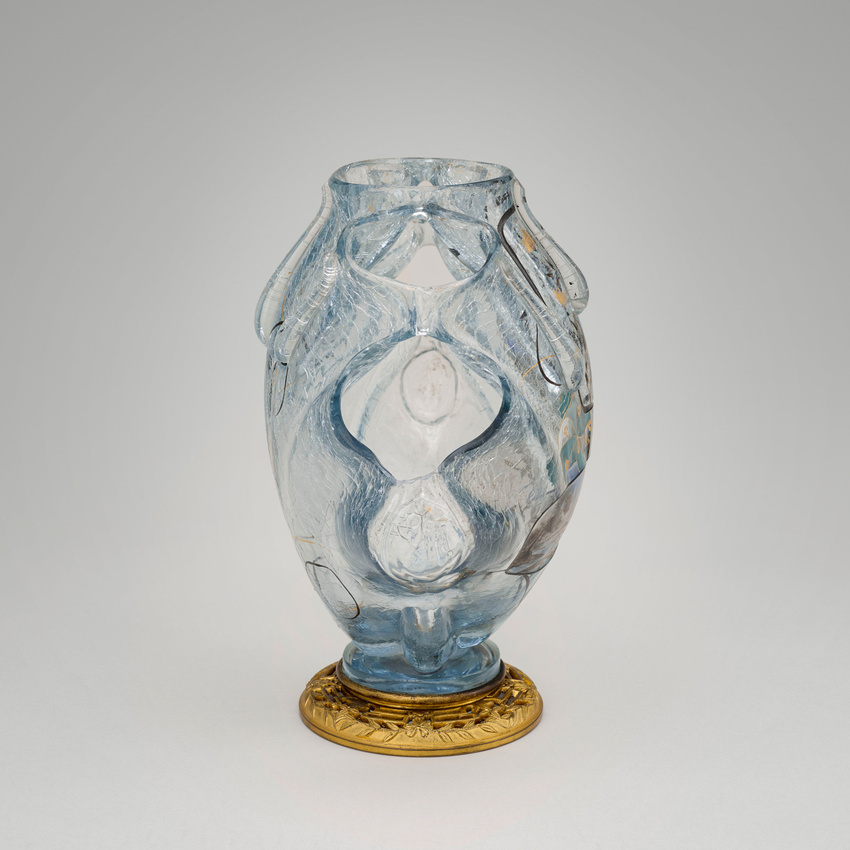
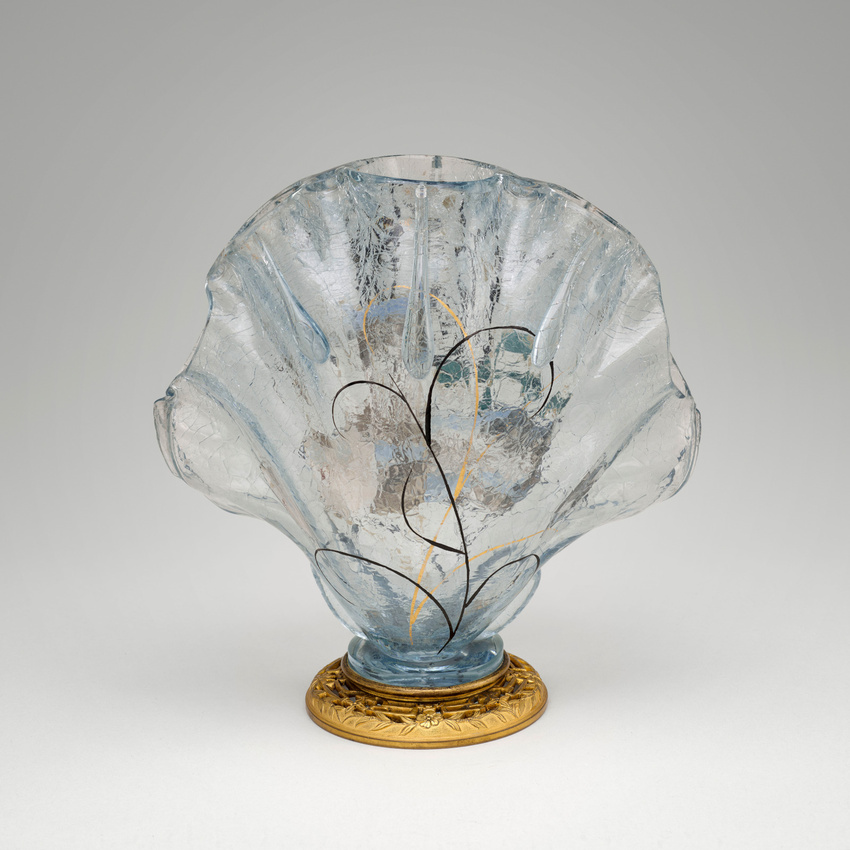
Flower Vase 1878−1880 H24×W22×D14 cm, Musée d’Orsay
Emile Gallé
Pique-fleurs
vers 1878-1880
verre "clair de lune" craquelé avec applications, décor peint, émaillé et doré ; monture en bronze doré
H. 24,0 ; L. 22,0 ; P. 14,0 cm.
Achat en vente publique, 1981
Still Waters
Initially, Gallé’s work remained within the realm of transparent glass, but from the 1880s onwards, he began to develop various types of glass materials and techniques. He skillfully layered colors and decorations to create works of great density. Moreover, he would engrave poetic inscriptions on the glass surface, enhancing the narrative and symbolic depth of his pieces.
The lidded jar Still Waters was dedicated to Roger Marx, a high-ranking official and a friend from Gallé’s hometown, who was a strong advocate of his art. The piece depicts a mysterious world where dragonflies, butterflies, and moths dance over a pond, whose surface, tinged emerald green by the sunlight, appears stagnant. An excerpt from Victor Hugo’s poem Les rayons et les Ombres is inscribed, further enriching the work’s enigmatic atmosphere.
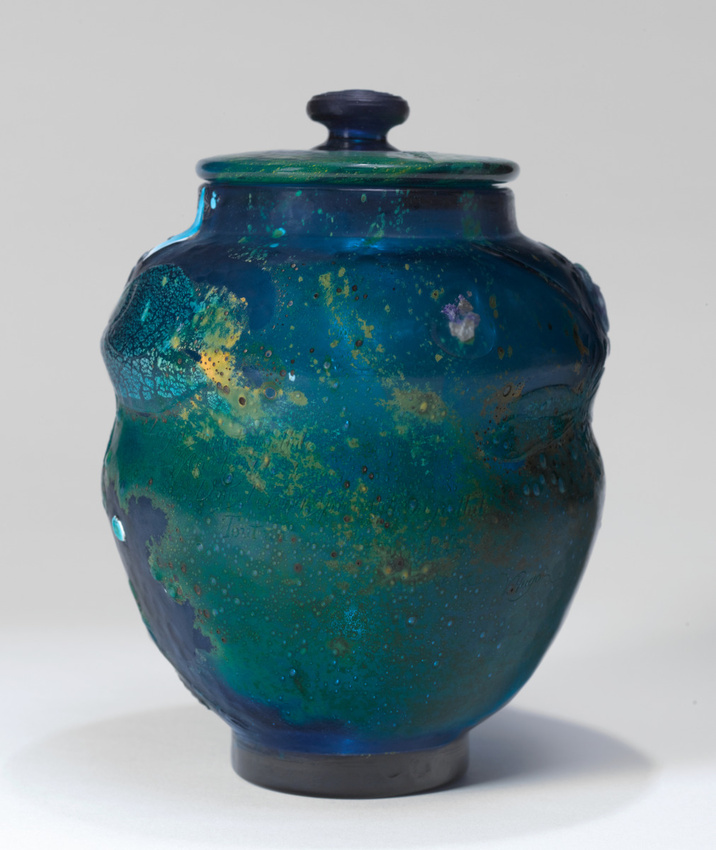
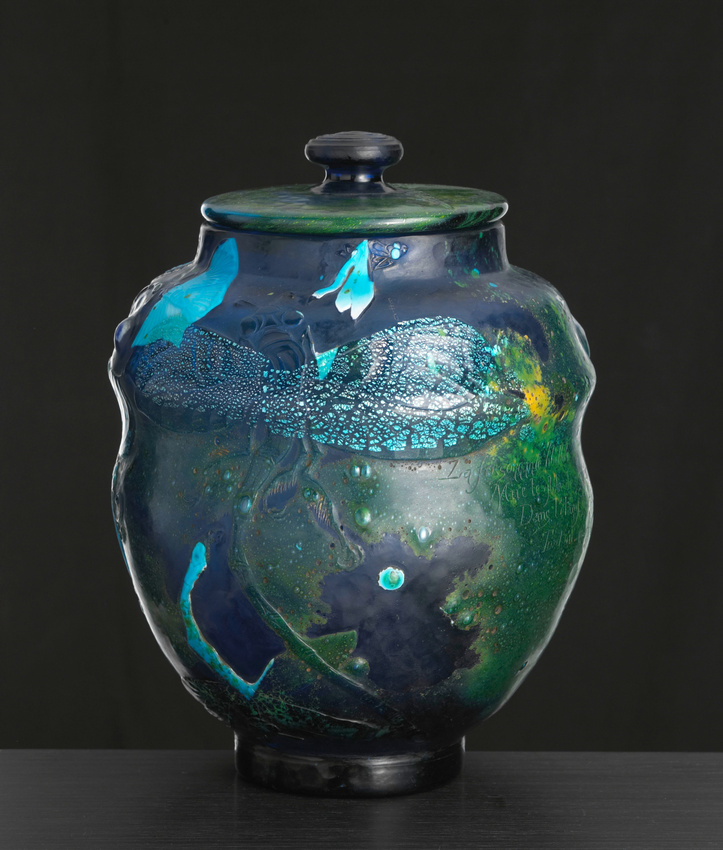
Lidded jar Still Waters 1889−1890 H24 cm, Body diameter 11 cm Musée d’Orsay
Inscribed in intaglio and gold on the body: [The globular eyes/ Of the quivering dragonfly / Are mirrored in the splendid pond / Swarming with mysterious life / V. Hugo]
Emile Gallé
Eaux dormantes
entre 1889 et 1890
pot couvert : cristal soufflé à plusieurs couches, fond maté, couche superficielle partiellement martelée, cassons de verres gravés, inclusions de parcelles métalliques (argent et mica), application à chaud de cabochons gravés, décor gravé et taillé
H. 24,0 ; L. 11,0 cm.
Dation, 1995
Japanese original text: Ruriko Tsuchida (Director, Toyama Glass Art Museum)
Translation: Kae Shigeno
*Toyama Glass Art Museum will host the exhibition “Commemorating the 120th Anniversary of His Death Émile Gallé: Longing for Paris” from November 2(Sat.), 2024, to January 26(Sun.), 2025.
Musée d’Orsay
The building that houses the Musée d’Orsay was originally constructed as a railway station and hotel for the Exposition Universelle de 1900: Paris. In 1986, it was renovated to become a museum dedicated to 19th-century art. The museum’s collection includes approximately 70,000 items, such as paintings, sculptures, furniture, decorative arts, architectural works, drawings, and photographs, with 4,000 pieces on permanent display.
https://www.musee-orsay.fr/en
Location: Esplanade Valéry Giscard d’Estaing, 75007 Paris, France
General admission for permanent and featured exhibitions: €16 online, €14 at the museum
*Please check this page for details.


